Scientists uncovered a key genetic pathway in the origin of feathers, but they found that evolution is stubborn in turning back the clock.
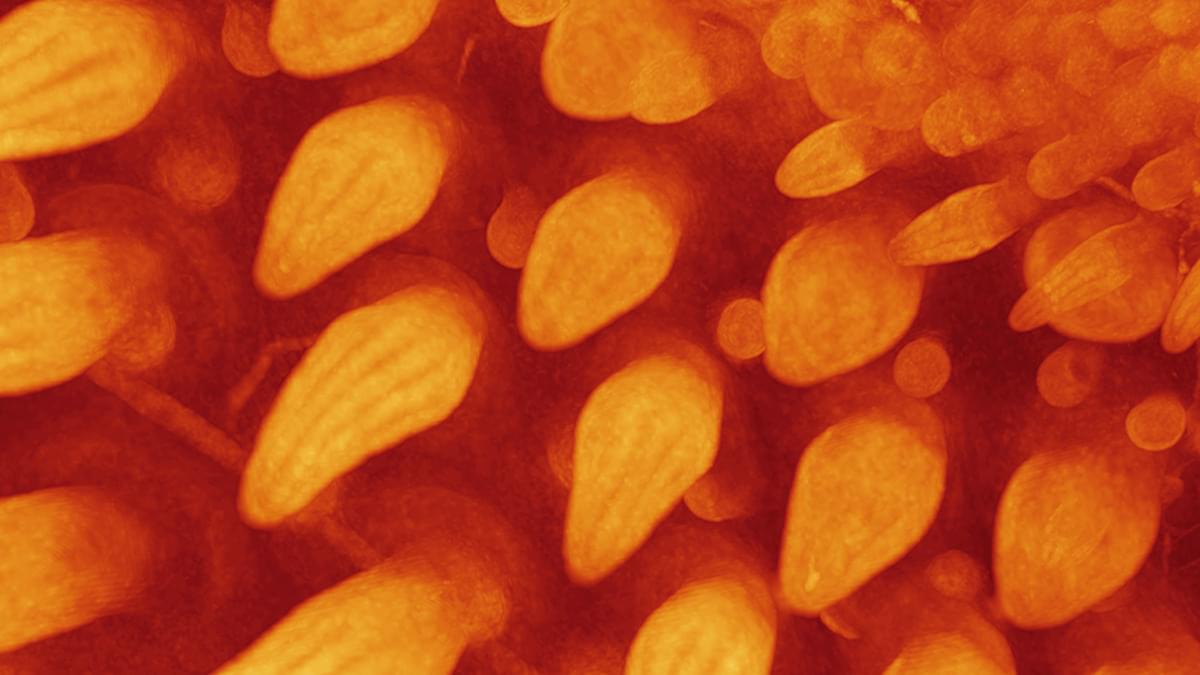

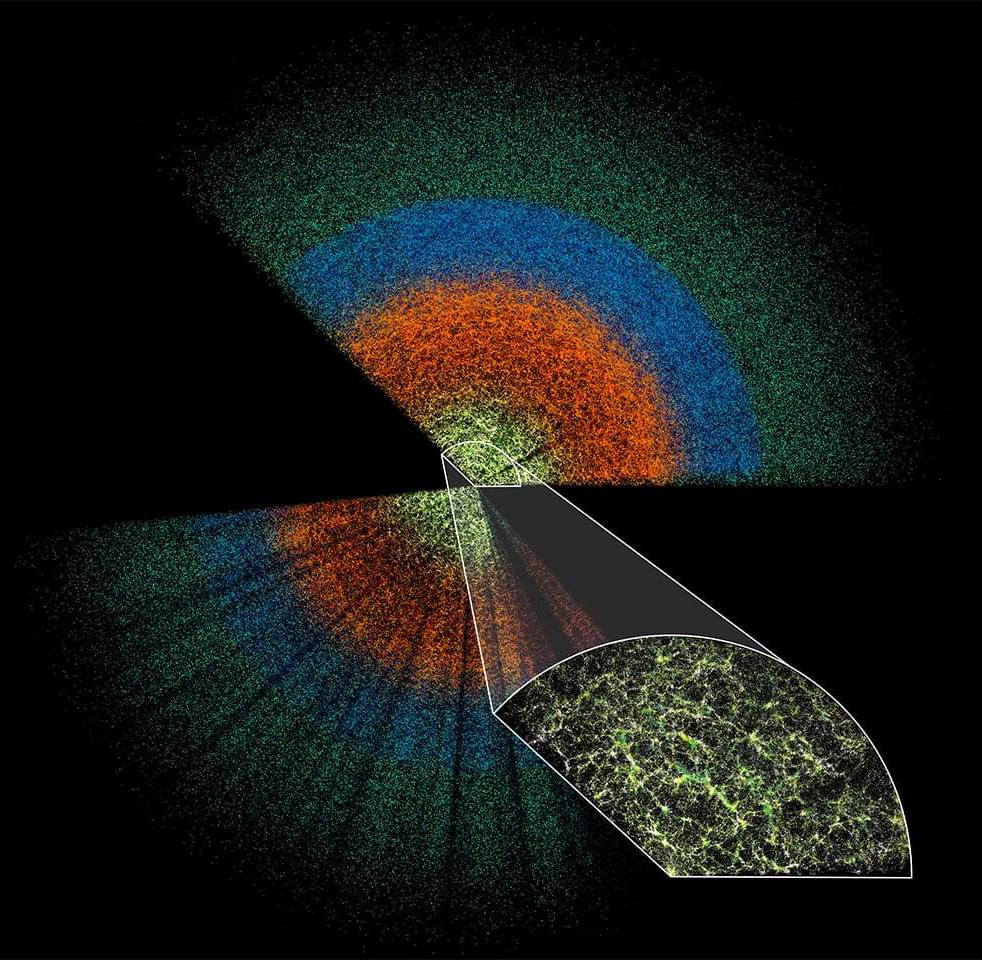
The Dark Energy Spectroscopic Instrument (DESI) is mapping millions of celestial objects to better understand dark energy—the mysterious driver of our universe’s accelerating expansion. Today, the DESI collaboration released a new collection of data for anyone in the world to investigate.
The dataset is the largest of its kind, with information on 18.7 million objects: roughly 4 million stars, 13.1 million galaxies, and 1.6 million quasars (extremely bright but distant objects powered by supermassive black holes at their cores).
While the experiment’s main mission is illuminating dark energy, DESI’s Data Release 1 (DR1) could yield discoveries in other areas of astrophysics, such as the evolution of galaxies and black holes, the nature of dark matter, and the structure of the Milky Way.
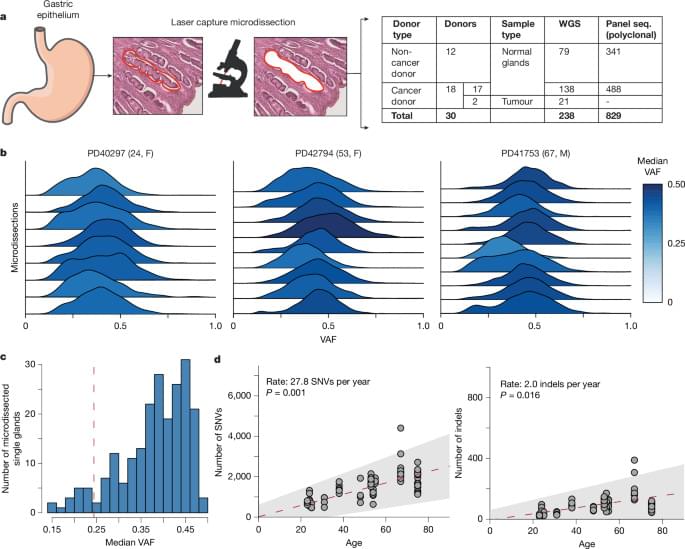
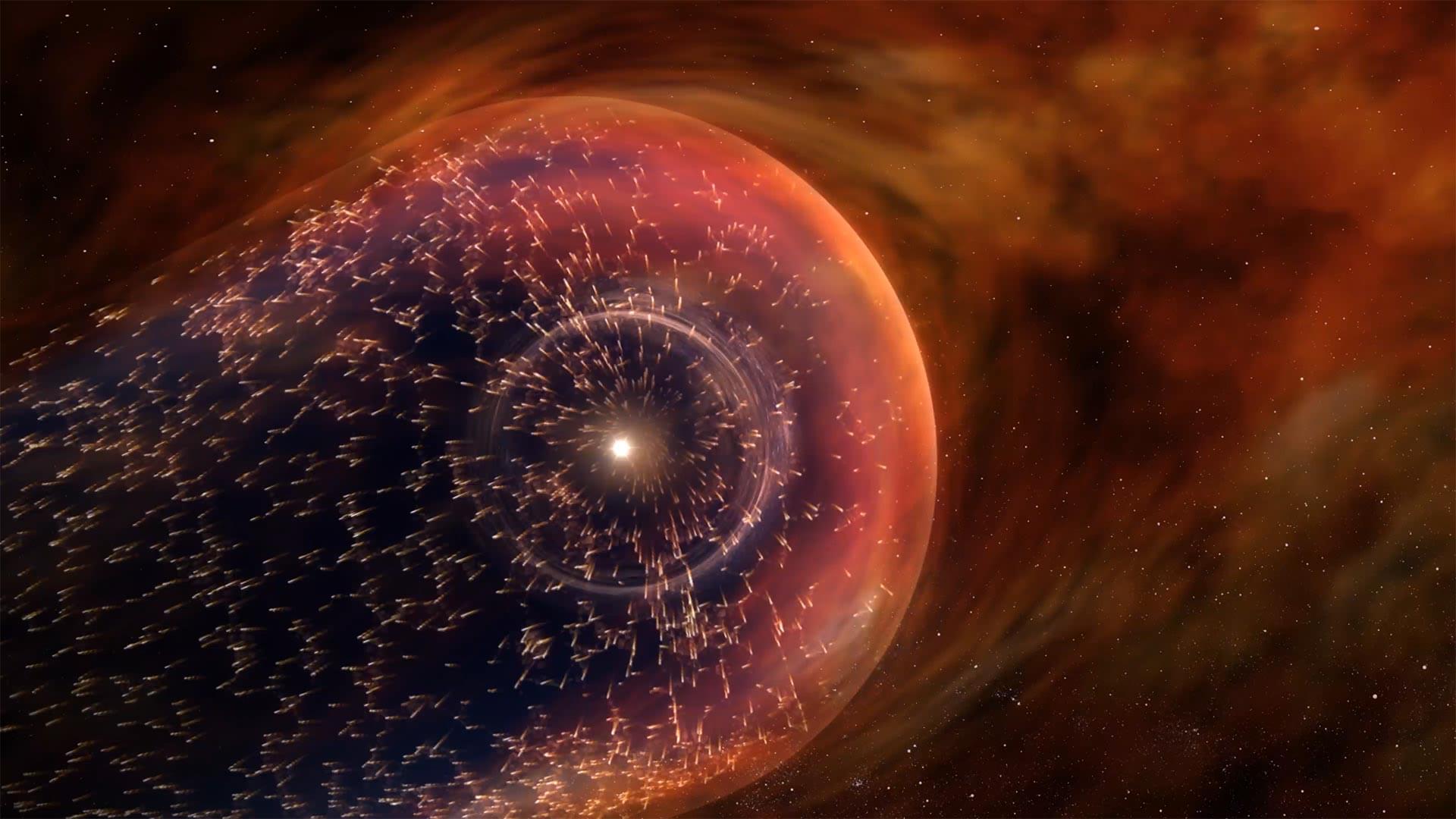
The heliosphere, a cosmic bubble formed by the Sun, protects our solar system from interstellar threats and influences life’s evolution. Despite its vital role, its true shape remains a puzzle, with data from Voyager missions hinting at its complexities. Upcoming interstellar probes aim to uncover more about this mysterious region.
The Sun does more than just warm the Earth, making it habitable for people and animals. It also shapes a vast region of space. This region, known as the heliosphere, extends more than a hundred times the distance between the Sun and Earth, influencing everything within it.
As a star, the Sun constantly emits a flow of charged particles called the solar wind, a stream of energized plasma.
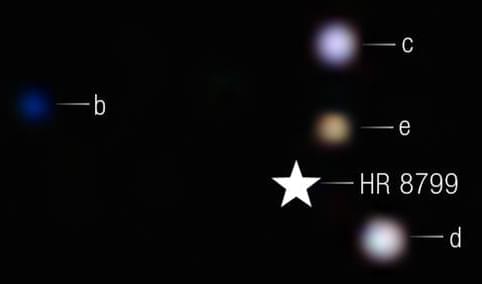
“Our hope with this kind of research is to understand our own solar system, life, and ourselves in comparison to other exoplanetary systems, so we can contextualize our existence,” said William Balmer.
What can carbon dioxide in an exoplanet’s atmosphere teach us about its formation and evolution? This is what a recent study published in The Astrophysical Journal hopes to address as an international team of researchers made the first direct images of carbon dioxide in the atmospheres of two exoplanetary systems. This study has the potential to help researchers better understand the formation and evolution of exoplanet atmospheres and how this could lead to finding life as we know it, or even as we don’t know it.
For the study, the researchers used NASA’s James Webb Space Telescope (JWST) to analyze the atmospheres of exoplanets residing in the systems HR 8799 and 51 Eridani (51 Eri) with the direct imaging method. The HR 8,799 system is located approximately 135 light-years from Earth and hosts four known exoplanets whose masses range from five to nine times of Jupiter, and the 51 Eridani system is located approximately 97 light-years from Earth and hosts one known exoplanet whose mass is approximately four times of Jupiter. Both systems are very young compared to our solar system at approximately 4.6 billion years old, with HR 8,799 and 51 Eridani being approximately 30 million and 23 million years old, respectively.
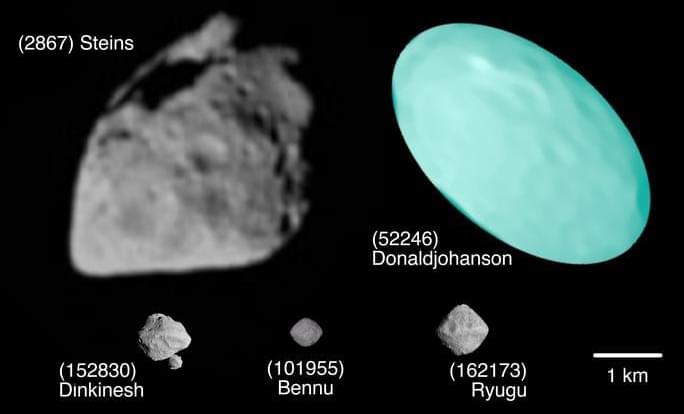
“We can hardly wait for the flyby because, as of now, Donaldjohanson’s characteristics appear very distinct from Bennu and Ryugu. Yet, we may uncover unexpected connections,” said Dr. Simone Marchi.
How old is asteroid (52246) Donaldjohanson (DJ), which is about to be studied by NASA’s Lucy spacecraft in an upcoming flyby on April 20, 2025? This is what a recent study published in The Planetary Science Journal hopes to address as an international team of researchers conducted a pre-flyby analysis of DJ with the goal of ascertaining the asteroid’s potential age. This study has the potential to help scientists better understand the formation and evolution of asteroids throughout the solar system, and specifically the main asteroid belt, which is where DJ orbits.
For the study, the researchers used ground-based telescopes and instruments to analyze the size, shape, and composition of DJ with the goal of ascertaining its relative age. For context, relative age indicates an object’s approximate age based on observational and data analysis, which contrasts an object’s absolute age that is determined from laboratory analysis with samples. Lucy will only be conducting a flyby and will not be returning samples to Earth.
In the end, the researchers not only discovered that DJ has elongated shape with estimates putting its approximate age at 150 million years old and formed when a larger asteroid broke apart. This upcoming flyby comes after the Hayabusa2 and OSIRIS-REX missions visited asteroids Ryugu and Bennu, respectively, with DJ hypothesized to orbit in the approximate regions where both Ryugu and Bennu formed.
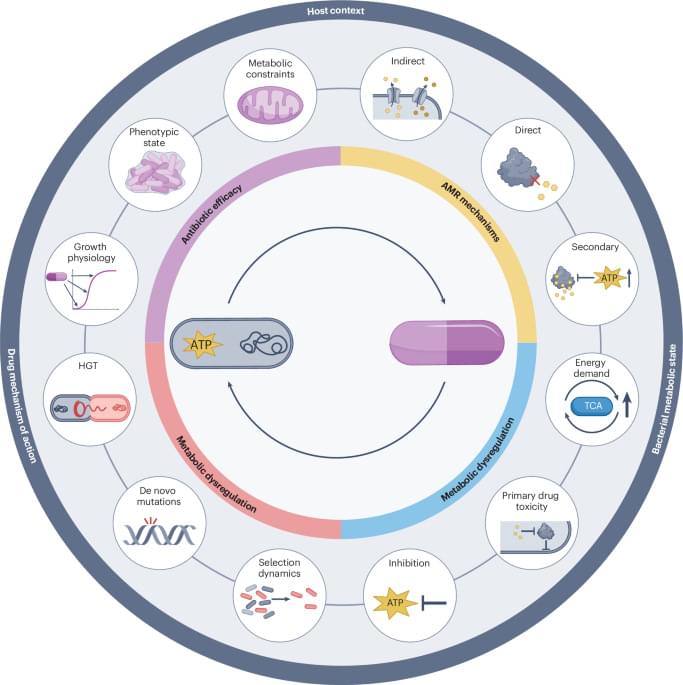
In this Review, Ahmad et al. examine how antibiotics influence bacterial metabolism and how metabolism, in turn, affects drug efficacy and the emergence and evolution of antimicrobial resistance. They also explore the role of bacterial metabolism in clinical contexts and the potential for metabolic-based therapies to improve antibacterial treatment.
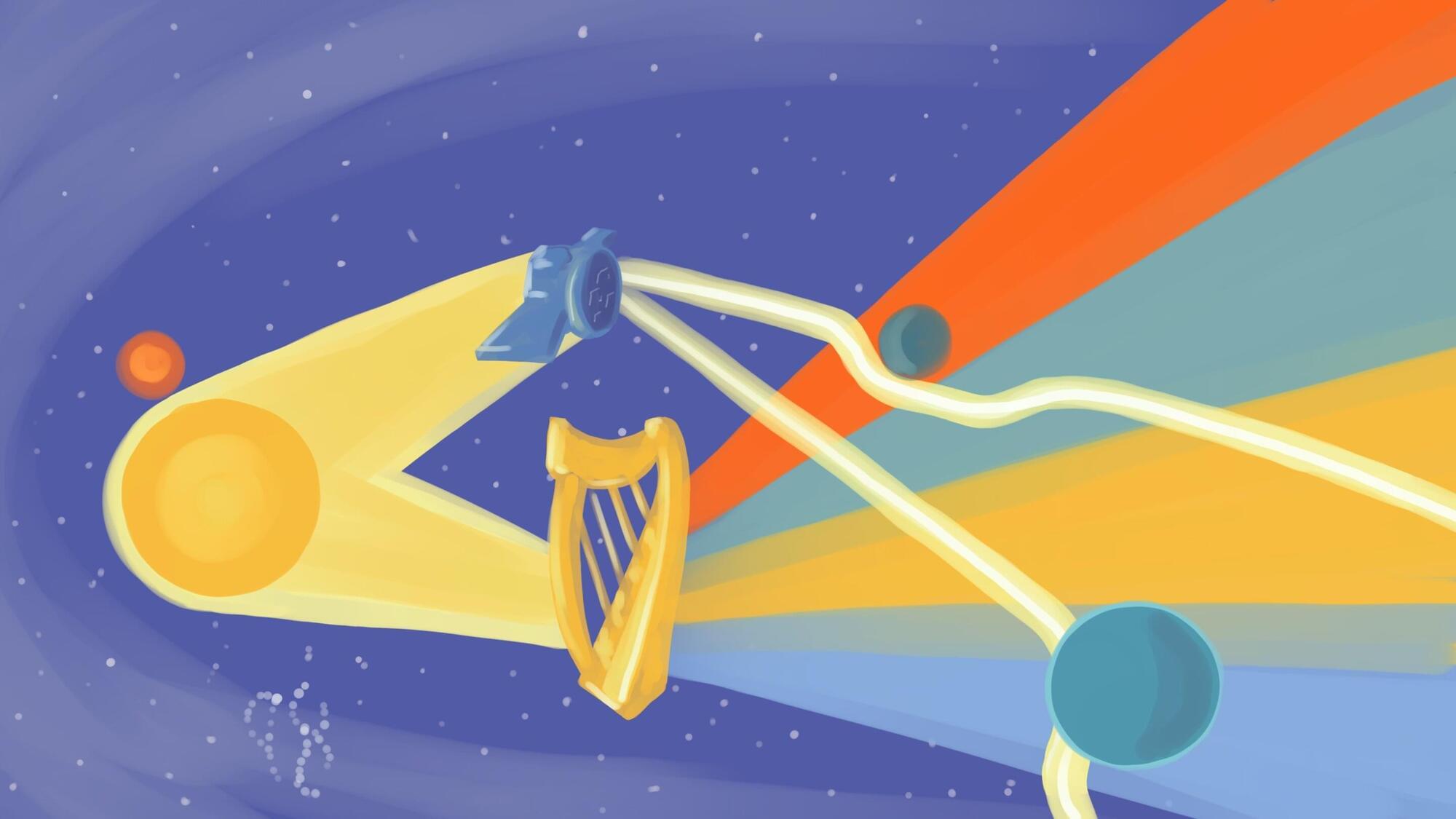
Astrophysicists have once again enriched our knowledge of the cosmos with a new discovery: two small planets orbiting TOI-1453. Located at around 250 light years from Earth in the Draco constellation, this star is part of a binary system (a pair of stars orbiting each other) and is slightly cooler and smaller than our sun. This discovery, published in the journal Astronomy & Astrophysics, paves the way for future atmospheric studies to better understand these types of planets.
Around this star are two planets, a super-Earth and a sub-Neptune. These are types of planets that are absent from our own solar system, but paradoxically constitute the most common classes of planet in the Milky Way. This discovery sheds light on a planetary configuration that could provide valuable clues to the formation and evolution of planets.
Using data from NASA’s Transiting Exoplanet Survey Satellite (TESS) and the HARPS-N high-resolution spectrograph, the researchers were able to identify TOI-1453 b and TOI-1453 c, the two exoplanets orbiting TOI-1453.
DNA holds the key to understanding life itself… From genetics and the human genome to gene editing, it shapes our health, evolution, and future… Discover how CRISPR, forensic science, and genetic engineering are transforming medicine… Explore the mysteries of ancient DNA, the role of the microbiome, and the promise of gene therapy… Personalized medicine is revolutionizing healthcare, allowing treatments tailored to our genetic code… Learn how hereditary diseases are being decoded and cured through biotechnology and DNA sequencing… The future of medicine depends on genetic research, but genetic ethics raise profound questions… The genome project has paved the way for DNA fingerprinting, cloning, and synthetic biology… With genetic modification, we are reshaping evolution itself… Will genetic testing lead to designer babies or eliminate genetic disorders? As gene therapy advancements push the limits of precision medicine, are we ready for these medical breakthroughs and DNA discoveries?
Sources.
Watson, J. D., & Crick, F. H. C. (1953). Nature, 171(4356), 737–738.
Collins, F. S., & McKusick, V. A. (2001). Science, 291(5507), 1215–1220.
Jinek, M., Chylinski, K., Fonfara, I., Hauer, M., Doudna, J. A., & Charpentier, E. (2012). Science, 337(6096), 816–821.
Pääbo, S. (2014). Annual Review of Genetics, 38, 645–679.
Lander, E. S., Linton, L. M., Birren, B., et al. (2001). Nature, 409(6822), 860–921.
#DNABreakthroughs #GeneticsRevolution #HumanGenome #GeneTherapy #FutureOfMedicine.
YOU MAY LIKE

Artificial Intelligence (AI) is, without a doubt, the defining technological breakthrough of our time. It represents not only a quantum leap in our ability to solve complex problems but also a mirror reflecting our ambitions, fears, and ethical dilemmas. As we witness its exponential growth, we cannot ignore the profound impact it is having on society. But are we heading toward a bright future or a dangerous precipice?
This opinion piece aims to foster critical reflection on AI’s role in the modern world and what it means for our collective future.
AI is no longer the stuff of science fiction. It is embedded in nearly every aspect of our lives, from the virtual assistants on our smartphones to the algorithms that recommend what to watch on Netflix or determine our eligibility for a bank loan. In medicine, AI is revolutionizing diagnostics and treatments, enabling the early detection of cancer and the personalization of therapies based on a patient’s genome. In education, adaptive learning platforms are democratizing access to knowledge by tailoring instruction to each student’s pace.
These advancements are undeniably impressive. AI promises a more efficient, safer, and fairer world. But is this promise being fulfilled? Or are we inadvertently creating new forms of inequality, where the benefits of technology are concentrated among a privileged few while others are left behind?
One of AI’s most pressing challenges is its impact on employment. Automation is eliminating jobs across various sectors, including manufacturing, services, and even traditionally “safe” fields such as law and accounting. Meanwhile, workforce reskilling is not keeping pace with technological disruption. The result? A growing divide between those equipped with the skills to thrive in the AI-driven era and those displaced by machines.
Another urgent concern is privacy. AI relies on vast amounts of data, and the massive collection of personal information raises serious questions about who controls these data and how they are used. We live in an era where our habits, preferences, and even emotions are continuously monitored and analyzed. This not only threatens our privacy but also opens the door to subtle forms of manipulation and social control.
Then, there is the issue of algorithmic bias. AI is only as good as the data it is trained on. If these data reflect existing biases, AI can perpetuate and even amplify societal injustices. We have already seen examples of this, such as facial recognition systems that fail to accurately identify individuals from minority groups or hiring algorithms that inadvertently discriminate based on gender. Far from being neutral, AI can become a tool of oppression if not carefully regulated.
Who Decides What Is Right?
AI forces us to confront profound ethical questions. When a self-driving car must choose between hitting a pedestrian or colliding with another vehicle, who decides the “right” choice? When AI is used to determine parole eligibility or distribute social benefits, how do we ensure these decisions are fair and transparent?
The reality is that AI is not just a technical tool—it is also a moral one. The choices we make today about how we develop and deploy AI will shape the future of humanity. But who is making these decisions? Currently, AI’s development is largely in the hands of big tech companies and governments, often without sufficient oversight from civil society. This is concerning because AI has the potential to impact all of us, regardless of our individual consent.
A Utopia or a Dystopia?
The future of AI remains uncertain. On one hand, we have the potential to create a technological utopia, where AI frees us from mundane tasks, enhances productivity, and allows us to focus on what truly matters: creativity, human connection, and collective well-being. On the other hand, there is the risk of a dystopia where AI is used to control, manipulate, and oppress—dividing society between those who control technology and those who are controlled by it.
The key to avoiding this dark scenario lies in regulation and education. We need robust laws that protect privacy, ensure transparency, and prevent AI’s misuse. But we also need to educate the public on the risks and opportunities of AI so they can make informed decisions and demand accountability from those in power.
Artificial Intelligence is, indeed, the Holy Grail of Technology. But unlike the medieval legend, this Grail is not hidden in a distant castle—it is in our hands, here and now. It is up to us to decide how we use it. Will AI be a tool for building a more just and equitable future, or will it become a weapon that exacerbates inequalities and threatens our freedom?
The answer depends on all of us. As citizens, we must demand transparency and accountability from those developing and implementing AI. As a society, we must ensure that the benefits of this technology are shared by all, not just a technocratic elite. And above all, we must remember that technology is not an end in itself but a means to achieve human progress.
The future of AI is the future we choose to build. And at this critical moment in history, we cannot afford to get it wrong. The Holy Grail is within our reach—but its true value will only be realized if we use it for the common good.
__
Copyright © 2025, Henrique Jorge
[ This article was originally published in Portuguese in SAPO’s technology section at: https://tek.sapo.pt/opiniao/artigos/o-santo-graal-da-tecnologia ]